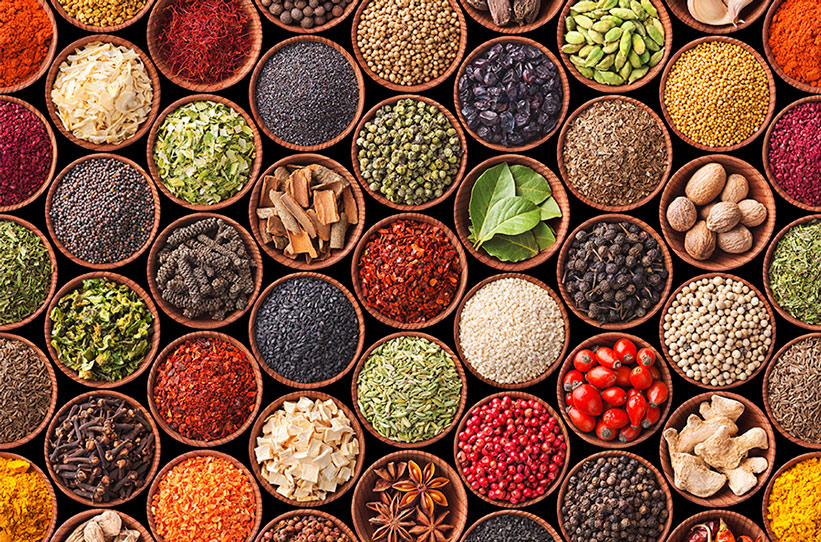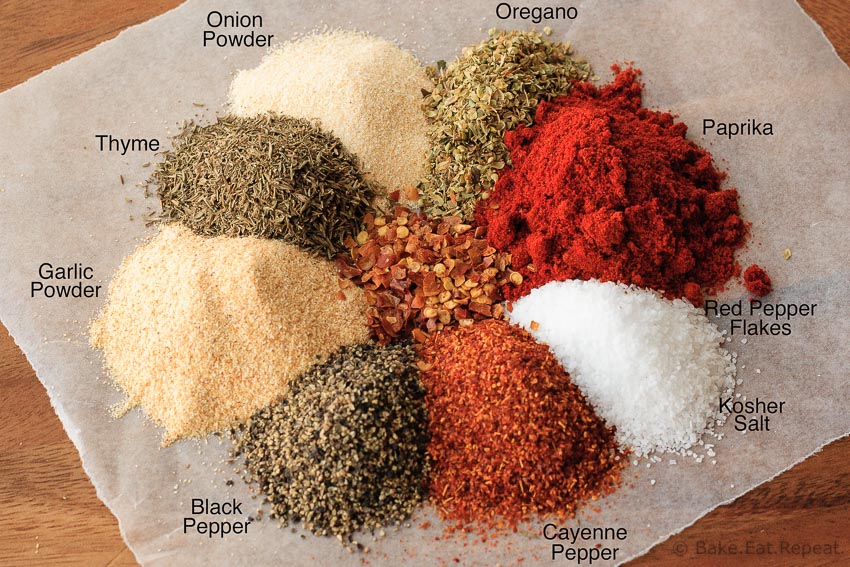THEORY OF FOOD
CHAPTER (1): INTRODUCTION OF FOOD
1) DEFINE OF FOOD
Food
is something that can digest, usually composed of carbohydrates, fats,
minerals, vitamins, protein that can be eaten or drank either human or animals
it is for life, growth and energy production.
2) COMPONENT OF FOOD
5 Food categories:
(Fats, Protein, Minerals, and Carbohydrates & sugar)
= 2 Other substances:
·
Fiber
·
Water
3) COOKING
DEFINITION:
Preparing
edible food by applying heat and combining select measured ingredients in an
ordered process.
The
effect of applying heat to ingredients:
·
Texture
·
Flavor
·
Aromatic
·
Appearance
Color
Why we should cook?
·
To enhances taste
·
To kill the
microorganism.
·
To make food palatable.
·
To produce the texture.
What happen to the nutrients when we cook?
- Sugar ( Caramelize )
- Carbohydrates ( Gelatinize )
- Fat ( Melt & dissolves )
- Mineral (Oxidize )
- Water ( Evaporates )
4) THREE METHOD OF HEAT
TRANSFER.
CONDUCTION
·
Heat moving from item to another item in
contact with heat
Example: From the top of the range to a soup
pot place on it from the pot to the inside.
·
Heat moving within an item
CONVECTION
· Heat is spread by the movement of air.
· There are two kinds of convection:
1. Natural convection
2. Mechanical convection
RADIATION
Energy is transferred by waves from the source to the food.
· Infrared cooking ( cook from outside to inside )
· Microwave cooking ( cook from center to outside )
- 5) COOKING TIMESNature of item:· The cooking temperature· The speed of heat transfer· The sine, temperatures, individual, characteristic of the food.6) COOKING METHODSDry - Heat ( Air & fat ):Dry-heat methods are those in which the heat conducted without moisture that is by hot air, hot metal, radiation, or hot fat. Dry-heat have a two categories:
- With fat
- Without fat
Moist - Heat ( Water & steam ):
Moist-heat methods are those in which the heat is conducted product by water or water based such as stock and sauce or by steam.Combination ( Both dry & heat ):Using the two way method between dry-heat and moist-heat to7) DRY-HEAT METHODS USING FATDRY- HEAT METHOD:- Broiling
- Grilling
- Roasting
- Baking
- Grilled
- Pan – Broiling
MOIST –HEAT METHOD- 100℃ for boiling (The sound of bubbling)
- Simmering (Does not produce sound of boiling)
- Poaching (Does not change the texture)
- Steaming(Maintain for Flavor, texture, color & taste)
- Blanching (Maintain food freshness)
COMBINATION OF COOKING METHOD.
Using the proper equipment and must having the style to make dished is health and delicious.
Braising:
Small amount of liquid for example: Dry – heat and stir- fry food.
Stewing:
Enough liquid to cover the food example: chicken curry, chicken rending, masak lemak
SEASONING & FLAVOR

Seasoning:
Seasoning is natural flavor that without significantly changing its flavorGenerally added at the end of the cooking process.
 Flavoring:Adding a new flavor to the food, thus modifying the original.Can be added at any time based on the entire cooking process.AROMATIC PLAN HERBS1. HerbsThe group aromatic plant to take the flavoring: Leaves, flower & stems.· Used either dry or fresh.2. SpicesThe group aromatic plant to take the flavoring: roots, seed, buds or berries.· Usually used in dry form, whole or ground.COMMONLY USED HERBS & SPICES1. Basil
Flavoring:Adding a new flavor to the food, thus modifying the original.Can be added at any time based on the entire cooking process.AROMATIC PLAN HERBS1. HerbsThe group aromatic plant to take the flavoring: Leaves, flower & stems.· Used either dry or fresh.2. SpicesThe group aromatic plant to take the flavoring: roots, seed, buds or berries.· Usually used in dry form, whole or ground.COMMONLY USED HERBS & SPICES1. Basil
2. Cloves3. Anise4. Bay Leaves5. Cinnamon6. Coriander7. Cumin8. Galangals9. Ginger


Tiada ulasan:
Catat Ulasan